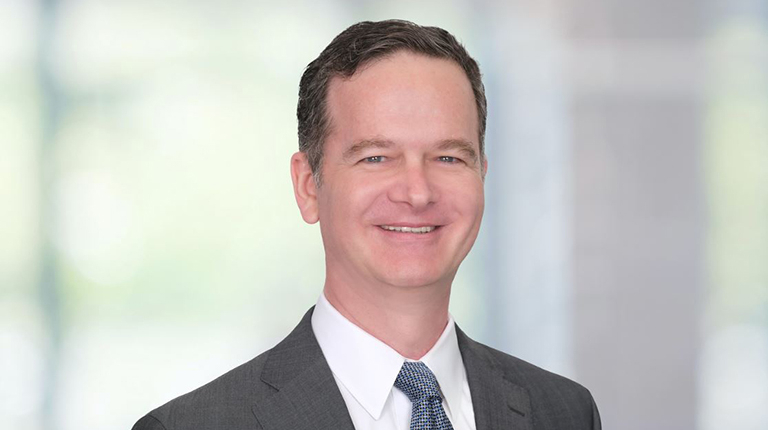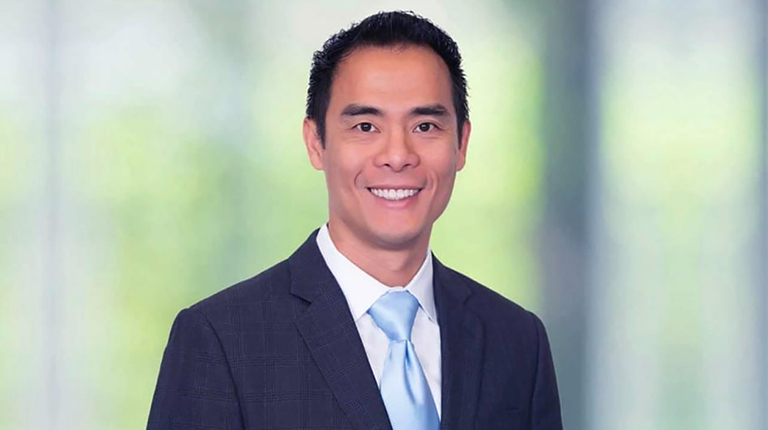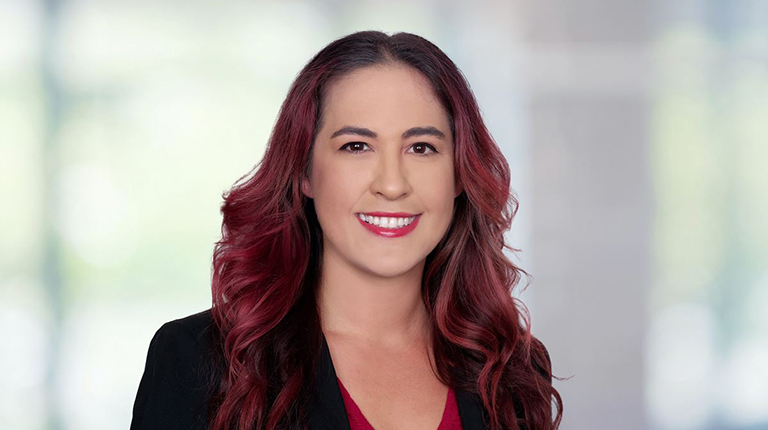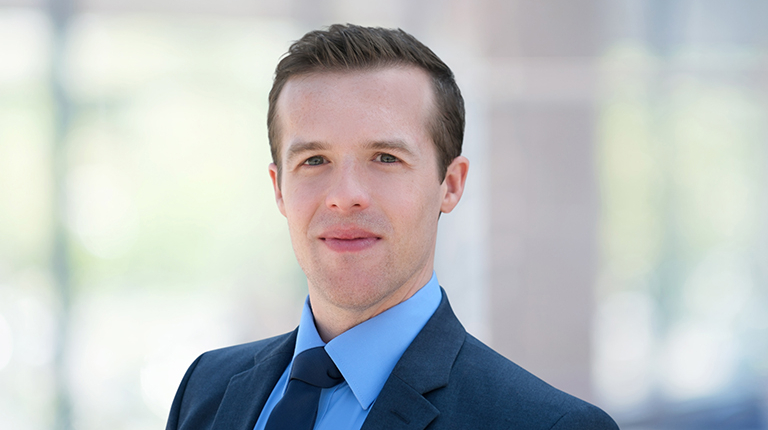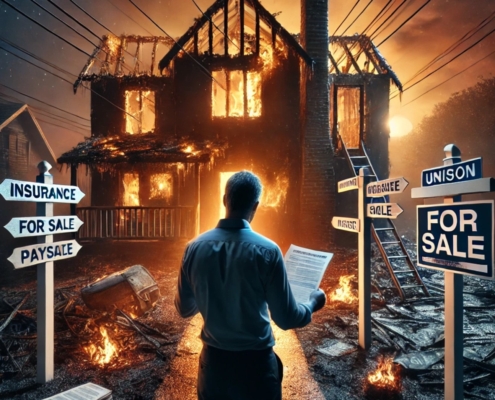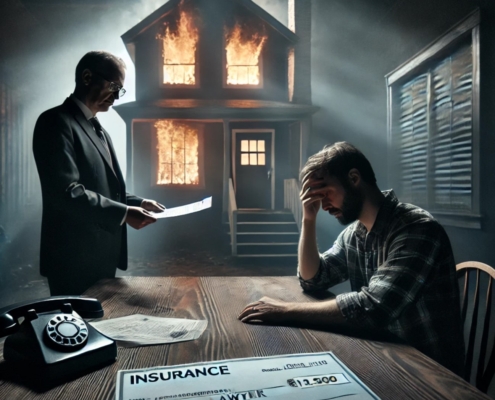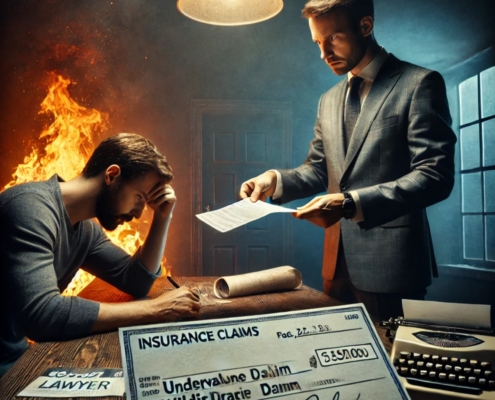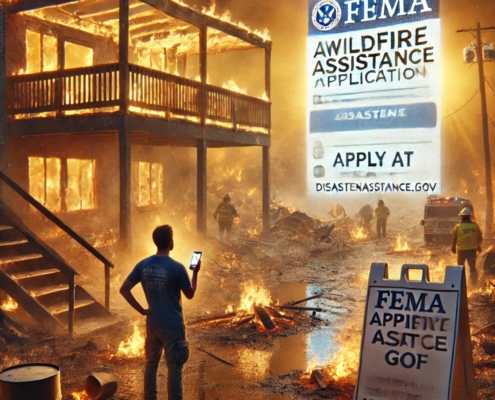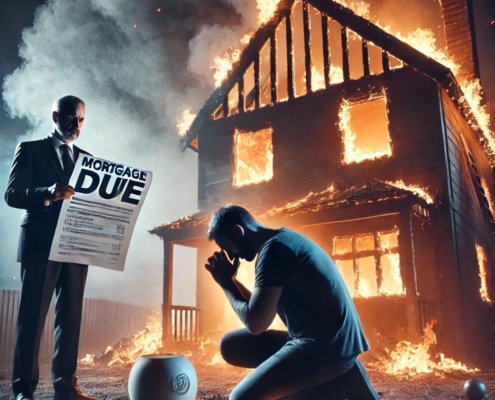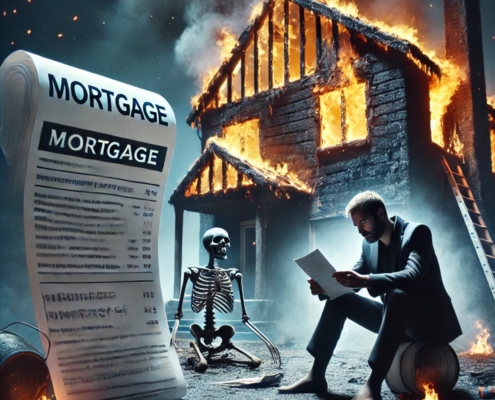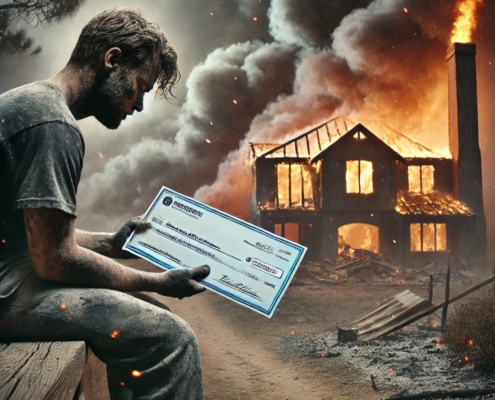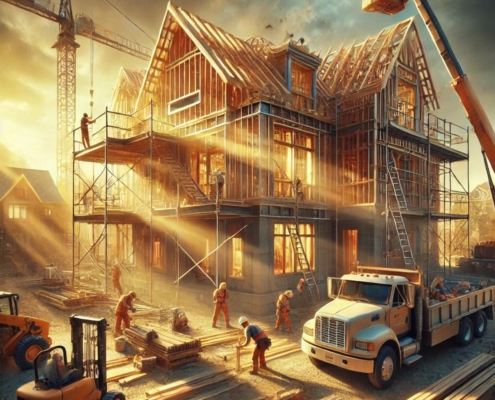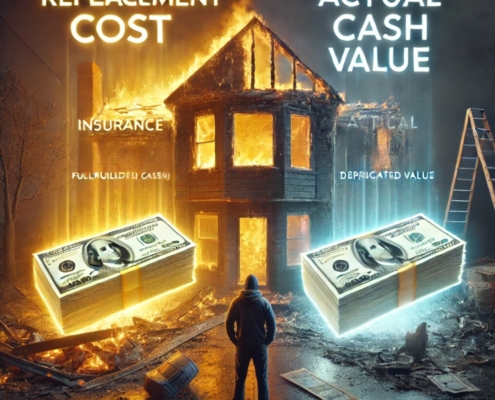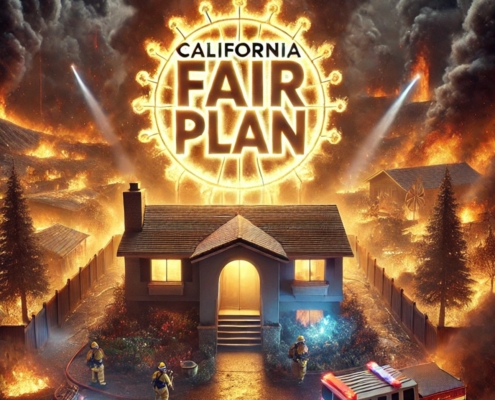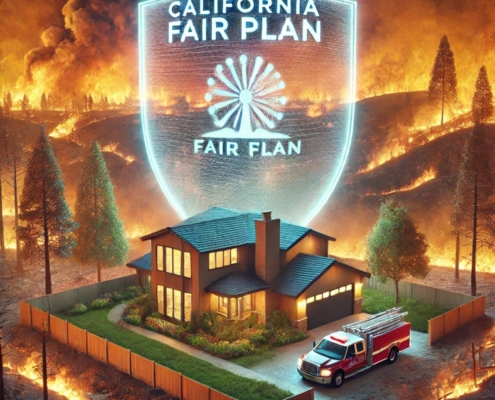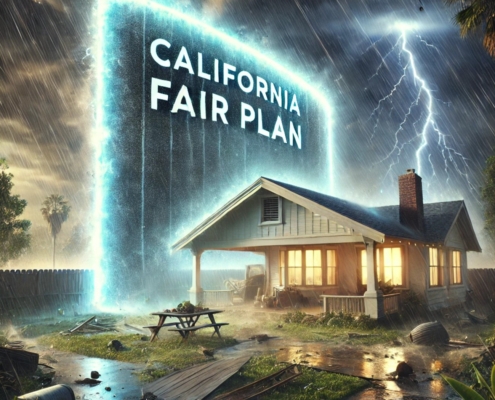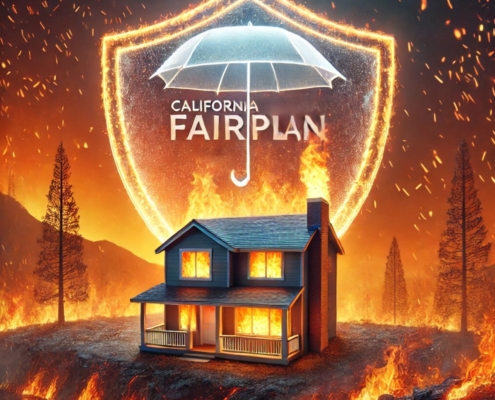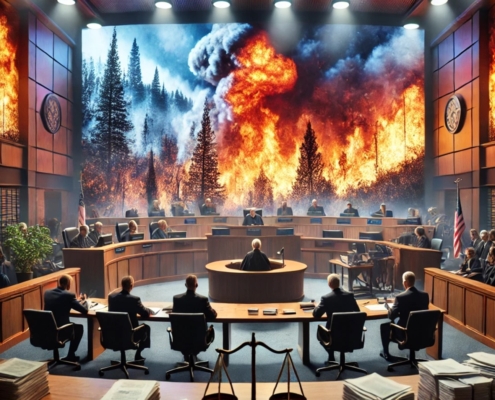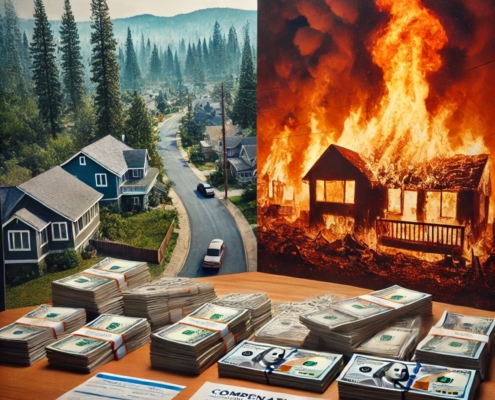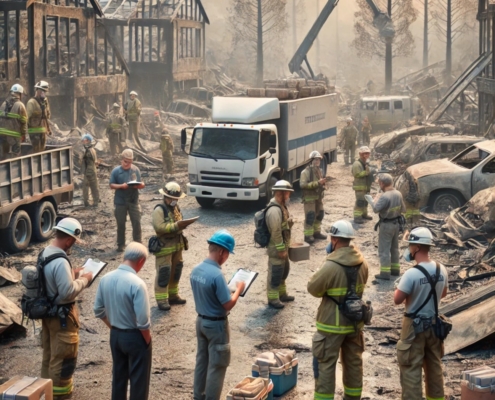California FAIR Plan: January 2025 California Wildfires
The California FAIR (Fair Access to Insurance Requirements) Plan serves as a last-resort insurance option for homeowners unable to secure coverage through traditional means, particularly in high-risk areas prone to wildfires. While it provides essential protection against perils like fire, lightning, and internal explosions, the plan has notable exclusions that homeowners must be aware of. Homeowners impacted by the January 2025 wildfires, including the Palisades, Eaton, and Hurst fires, often turned to legal professionals such as our California fire attorney or our wildfire insurance attorney to better understand their policy limitations and advocate for coverage.
The challenges of insurance claims become even more acute in areas severely impacted by the wildfires:
-
- Pacific Palisades: The Palisades Fire burned over 23,713 acres starting on January 7, 2025, destroying homes and cultural landmarks.
- Altadena: The Eaton Fire devastated this community, destroying thousands of structures, including historic restaurants and businesses along Lake Avenue.
- Malibu: Parts of Malibu, known as the Malibu fire, suffered significant losses as the Palisades Fire extended into the area, leading to the destruction of beachfront properties.
- Topanga: This community faced evacuations and property losses as the Topanga fire spread through the region.
- San Fernando Valley: The Hurst Fire burned approximately 799 acres near San Fernando, causing evacuations and damage to properties.
These widespread damages amplify the difficulties for businesses trying to quantify their losses and file comprehensive claims. Working with a Los Angeles fires lawyer or an Altadena fire lawyer can help streamline the claims process and ensure a fair settlement.
Key Exclusions of the California FAIR Plan
- Theft: The FAIR Plan does not cover losses resulting from theft.
- Personal Liability: Liability coverage for injuries or damages to others on your property is not included.
- Water Damage: Damages caused by water, such as those from plumbing issues or flooding, are excluded.
- Falling Objects and Freezing: Damages from falling objects or freezing conditions are not covered.
- Additional Living Expenses: While some coverage for temporary rent is available, it is limited. A FAIR Plan policy only covers the cost of renting a property similar to your home up to a dollar limit equal to 10% of your FAIR Plan dwelling limit, unless you buy upgraded coverage of 20%. Note that a standard home insurance policy covers renting a property plus expenses like extra mileage, pet boarding, meals, and furniture rentals.
Legal experts such as our fire damage insurance claim attorney or our SoCal fire lawyer can help homeowners navigate these exclusions and pursue supplemental claims to recover losses.
Does the CA FAIR Plan Cover Wind?
The California FAIR Plan does not provide coverage for damages caused by windstorms or hail. This means homeowners in areas prone to high winds or coastal storms, such as Malibu and Topanga, must seek additional coverage through supplemental policies. Without this coverage, damages caused by strong winds that often accompany wildfires remain uninsured, leaving homeowners with significant financial burdens. Consulting with our LA fire attorney or our California fire lawyer can help residents understand their supplemental coverage options.
What Is the Maximum Coverage for the California FAIR Plan?
The California FAIR Plan has a maximum dwelling coverage limit of $3 million. This amount may not be sufficient for high-value homes, particularly in affluent areas like Malibu or the Pacific Palisades, where rebuilding costs can easily exceed this limit. Homeowners with properties valued above the maximum limit are advised to explore additional insurance policies to ensure full coverage of their assets. Our wildfire insurance attorney and our fire insurance claim lawyer can assist in reviewing and augmenting policies to address such coverage gaps.
What Structures Are Not Covered by FAIR Plan?
The California FAIR Plan does not cover certain structures and components directly, which can leave homeowners with coverage gaps. For instance, detached structures like garages, sheds, or guesthouses are not covered unless they are explicitly added to the policy through endorsements. Similarly, outdoor property such as swimming pools, landscaping, decks, and patios is excluded from standard coverage.
Basement contents, including furniture or personal belongings stored below ground level, also fall outside the FAIR Plan’s protections. This exclusion applies even in areas prone to post-fire conditions, where burn scars from wildfires like those in Altadena and Malibu during January 2025 increased the risk of flooding and mudflows.
Flooding or mudflows caused by rainstorms after the Eaton Fire, for example, caused significant damage to previously burned areas, but these damages were not covered under the FAIR Plan. Homeowners affected by such events need to explore additional policies, like flood insurance, which itself excludes certain structures and items unless explicitly included in the policy. Guidance from our fire damage insurance claim attorney or our Eaton fire attorney can help families address these unique challenges.
Examples from the January 2025 Wildfires
For example, during the January 2025 wildfires, many homeowners turned to the FAIR Plan as their primary source of fire damage coverage. Those whose homes in Altadena were partially burned in the Eaton Fire were able to claim the costs of structural damage repairs under the FAIR Plan. Additionally, homeowners in Malibu who faced property destruction from the Malibu Fire could claim rebuilding costs covered by the plan’s fire protection provisions. However, for residents who suffered water damage from firefighting efforts, such as excessive water saturation causing interior damage, these costs were excluded under the plan’s provisions. For example, in Topanga, several residents experienced flooding damage caused by fire suppression tactics, which was not reimbursed under the FAIR Plan.
Similarly, personal belongings stolen from homes evacuated during the Palisades Fire were not covered, leaving affected residents with significant losses. This also impacted those in Altadena who had evacuated due to the Hurst Fire, where theft of valuables added to their financial strain. Homeowners seeking clarity on these exclusions often relied on assistance from our Los Angeles wildfire lawyer or our fire insurance attorney to resolve disputes.
Given these exclusions, homeowners often need to purchase additional policies, such as a Difference in Conditions (DIC) policy or a Comprehensive Premises Liability (CPL) policy, to bridge coverage gaps. Our SoCal fire attorney or our California fire insurance lawyer can guide residents in finding and securing these additional protections.
Impact of January 2025 Wildfires
In January 2025, Southern California experienced a series of devastating wildfires, notably the Palisades, Altadena, Eaton, Malibu, Topanga, and Hurst fires. The Palisades Fire, which began in the Pacific Palisades on January 7, destroyed or damaged more than 6,000 structures and burned over 23,700 acres.
The Eaton Fire, located north of Pasadena, burned more than 14,000 acres and left the community of Altadena in ashes.
These fires have led to significant challenges for homeowners regarding insurance coverage. Many residents in high-risk areas have found it increasingly difficult to obtain or afford traditional homeowners insurance. As a result, they have turned to the California FAIR Plan for basic coverage. However, the limitations and exclusions of the FAIR Plan mean that these homeowners may not be fully protected against all potential losses. For instance, while the plan covers fire damage, it does not include coverage for personal liability or water damage, leaving homeowners vulnerable to significant out-of-pocket expenses.
Moreover, the financial strain on the FAIR Plan itself has become a concern. The recent wildfires have led to an increase in claims, putting pressure on the plan’s resources. This situation has prompted discussions about the sustainability of the FAIR Plan and the broader implications for California’s insurance market. Some experts warn that the increasing frequency and severity of wildfires, exacerbated by climate change, could lead to an “uninsurable future” for certain areas, as insurers become more reluctant to provide coverage in high-risk regions.
In response to these challenges, California has implemented a moratorium that prohibits insurers from canceling or not renewing home insurance policies for at least one year after a state of emergency is declared. This measure aims to provide temporary relief and stability for affected homeowners. However, once the moratorium ends, homeowners may still face difficulties in securing comprehensive coverage, especially given the limitations of the FAIR Plan. Residents should consider consulting with our fire insurance claim attorney or our California wildfire attorney to proactively address their coverage needs.
Conclusion
The California FAIR Plan offers essential fire insurance coverage for homeowners unable to secure policies through traditional insurers, especially in high-risk wildfire areas. However, its significant exclusions necessitate that homeowners seek additional coverage to ensure comprehensive protection. The January 2025 wildfires have underscored the importance of understanding these limitations and the broader challenges facing California’s insurance landscape. Homeowners are advised to consult with insurance professionals, including our LA fire lawyer or our California fire attorney, to assess their coverage needs and explore available options to mitigate potential risks.

